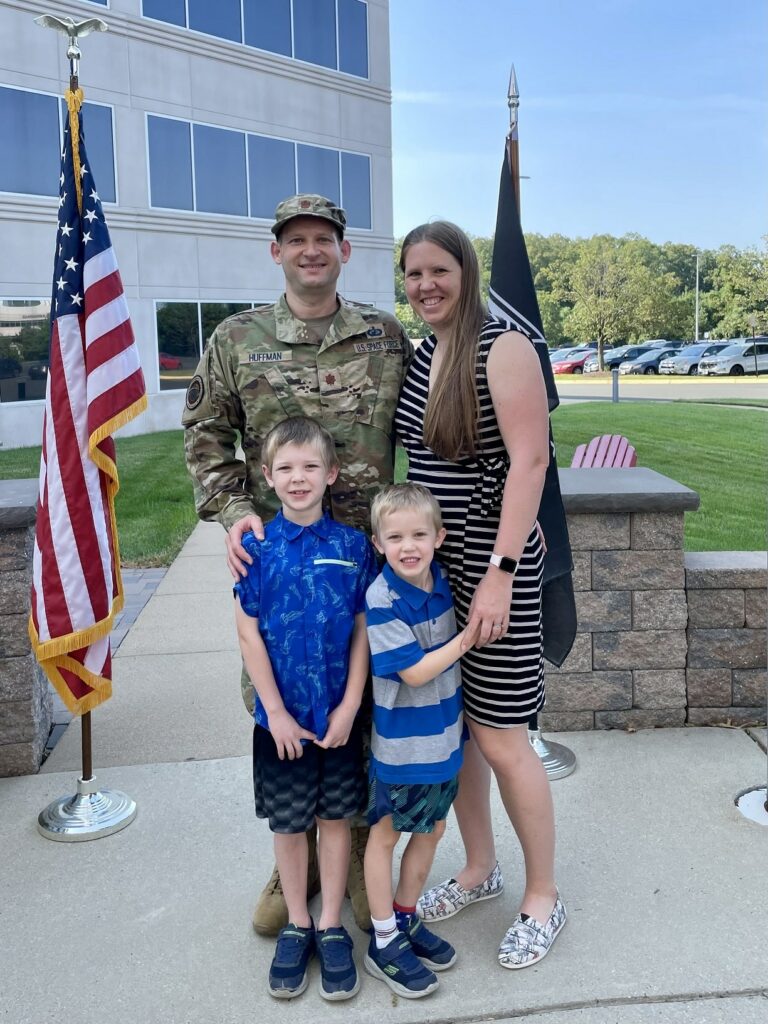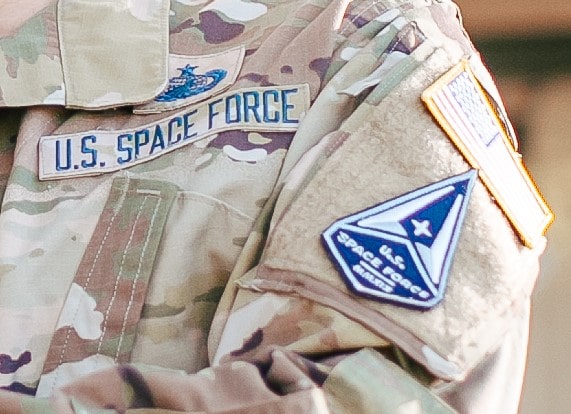By Amanda Huffman
Guest Blogger
The U.S. Space Force was established on December 20, 2019. And while the history of the Space Force extends long before this branch was formally created, a lot has happened since it was formally created as a separate but distinct branch under the Department of the Air Force. This article will cover some of the highlights of the work being done to lay the foundations for the military’s newest branch.
Despite public mockery and confusion about this new branch as application periods opened up for Space Force transfers and civilian positions the request for these new jobs far exceeded demand. Those among the Space arena were apparently ready for this change and jumped at the chance to be a part of the military’s sixth and smallest branch. In January 2021, 5,700 applications were received for 35 job openings at the Pentagon. And as different openings for career fields opened among the U.S. Air Force, Army and Navy, the applications exceeded the demand of the branch’s requirements.
In this new golden age of space, the U.S. Space Force has become a major aspirational target for people with space-related resumes. There is an excitement in pulling away from the Air Force with a new focus on technology, science and innovation around space and its future.
But for many new members of the Space Force, life has continued on as normal. They are still doing the same job they were doing before transferring the Space Force even though they have officially left their previous branch to join the new one. Some members were already performing Space Force-related roles and others are still waiting for their next assignment. As time continues on, those in Space Force billets will move back into their services billets and those who are in their previous service billets will transfer to Space Force billets. If creating a new military branch is anything, it is slow and requires patience as people shuffle into new roles and positions — while also working to build a new culture focused around the future of space.

The Space Force has also worked to build their own culture outside of the mission but by working to create a community among its members. Over the last two years, the Space Force has announced new uniforms, a song and announced that its members will be referred to as Guardians.
And each announcement has been met with some level of mockery and confusion.
Todd Harrison, director of the Aerospace Security Project at the Center for Strategic and International Studies (CSIS) said, “I think a lot of the public perception of the Space Force is embodied in the Netflix series, where they think it’s a joke, or they think it was Donald Trump’s idea, or that it has something to do with NASA and space exploration and going to the moon. All of this is incorrect.”
As a Space Force spouse, my husband transferred this past summer from Air Force to Space Force I have heard all of the myths mentioned by Todd Harrison. I have become an expert of sorts in explaining how the Space Force is different than what many people understand. And while I don’t understand most of the ins and outs of what the Space Force does, I know it is critically important to the safety and future of America.
Which leads to one of the Space Force’s biggest problems; what Space Force’s chief of operation, Gen John “Jay” Raymond calls “over classification.” The general public has no idea what the Space Force is doing and how it has had any impact to their lives today or in the future. And with so much of the work being done within the Space Force being off limits to the general public. It is hard for leaders to explain the importance of the mission.
So, two years after the Space Force was created. There is still a lot of work to be done. But there has also been a lot of progress made. And while there is still a lot of confusion on what they Space Force does or why it is needed, we are moving in the right direction and working to better protect the U.S. in the future.

Amanda is a military Veteran who served in the Air Force for six years as a Civil Engineer who served on a combat deployment with the Army in Afghanistan. She traded in her combat boots for a diaper bag to stay home with her two boys and follow her husband’s military career in the Space Force. Amanda is the host of the Women of the Military podcast. There she shares the stories of women who have served or are serving in the military. The podcast has over 200 episodes and over 100K downloads. Amanda is also an author and has published two books. Her first book, Women of the Military tells the stories of 28 military women who served in the military. Her second book, A Girl’s Guide to Military Service, is the IBPA Benjamin Franklin Gold Winner for Teen Non Fiction. It is a guide for high school girls considering military service to help them build a strong foundation for their future career. She also works as a freelance writer and has been featured in a number of military publications including The War Horse, Military.com, Military Families Magazine, Clearance Jobs, Military Spouse Magazine, and more.



